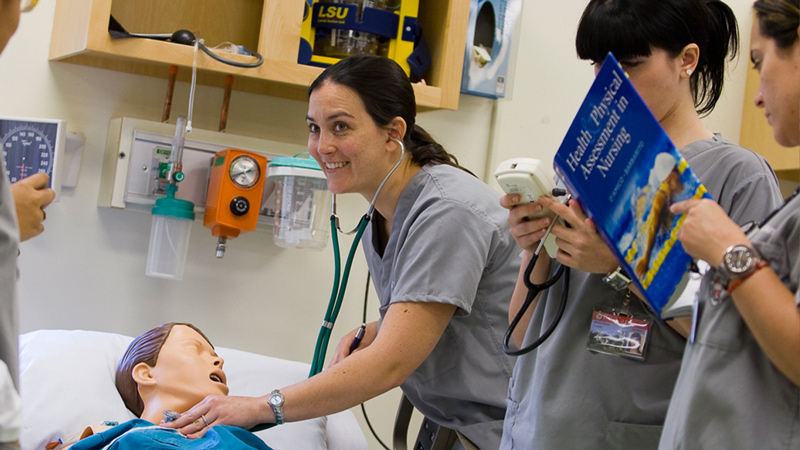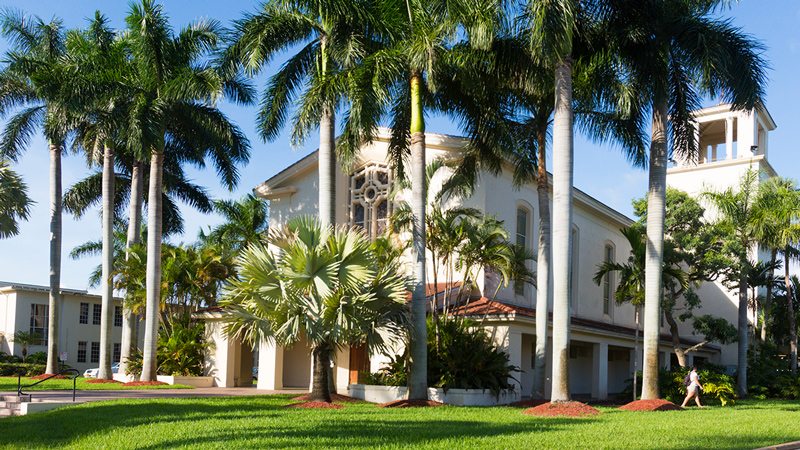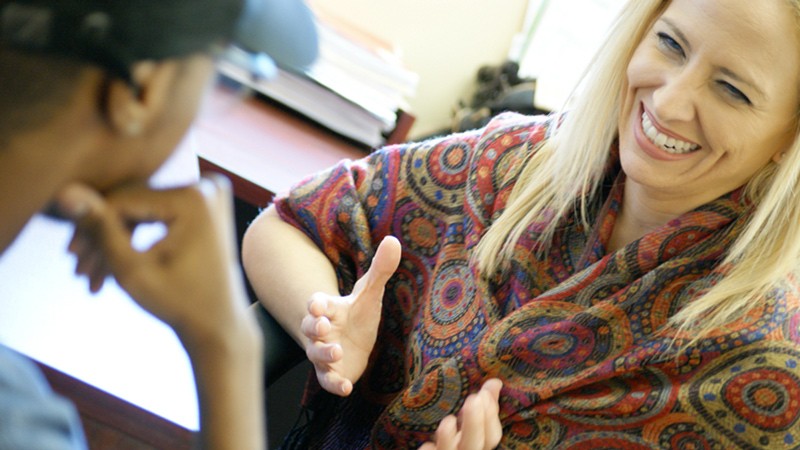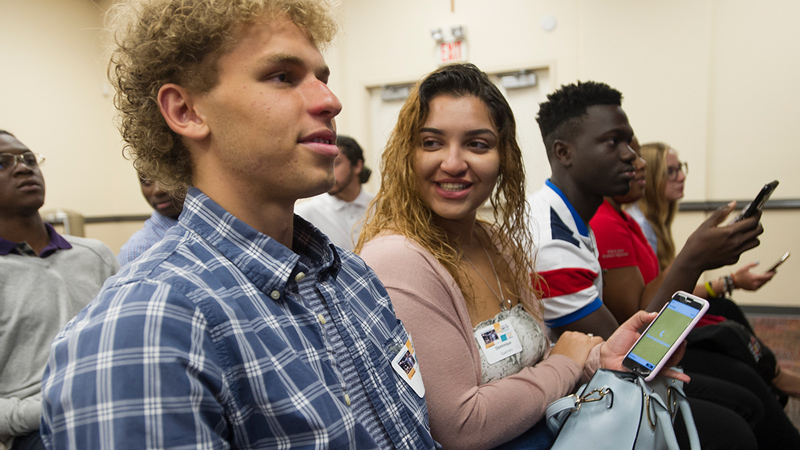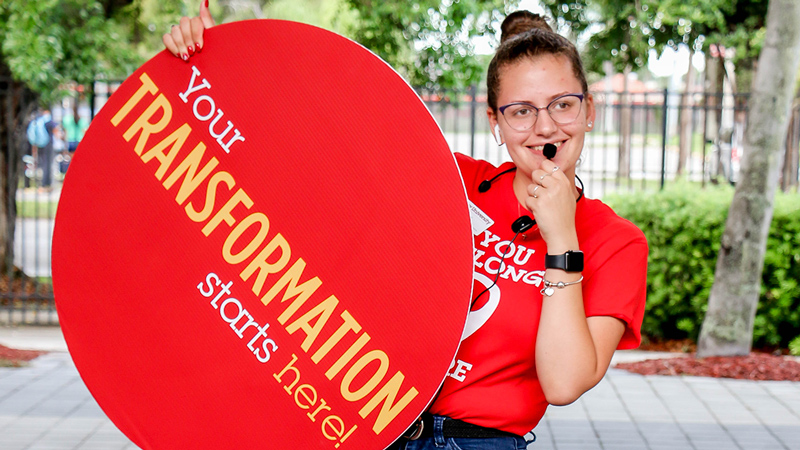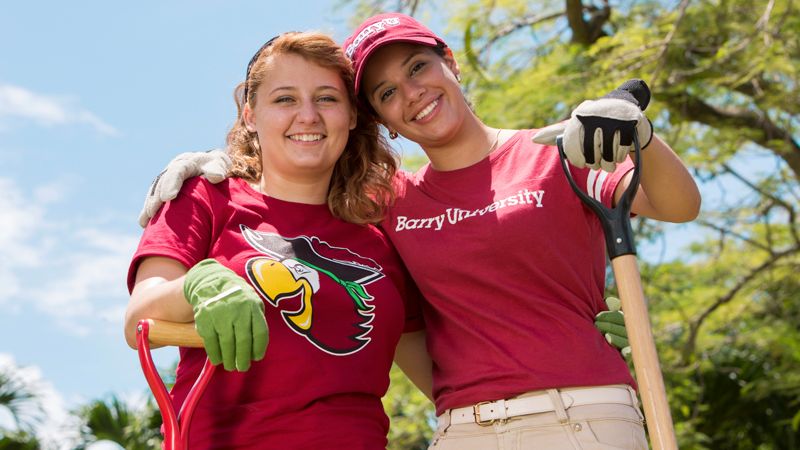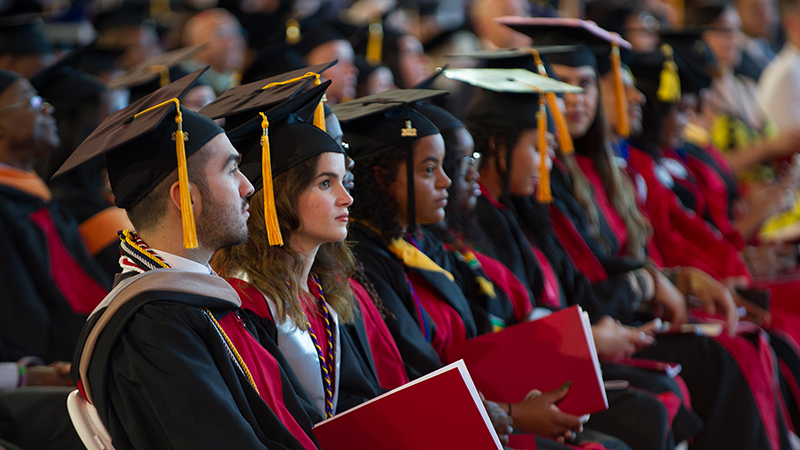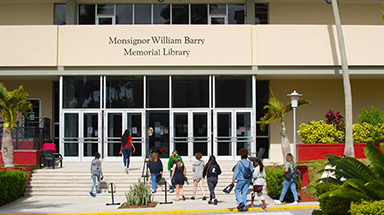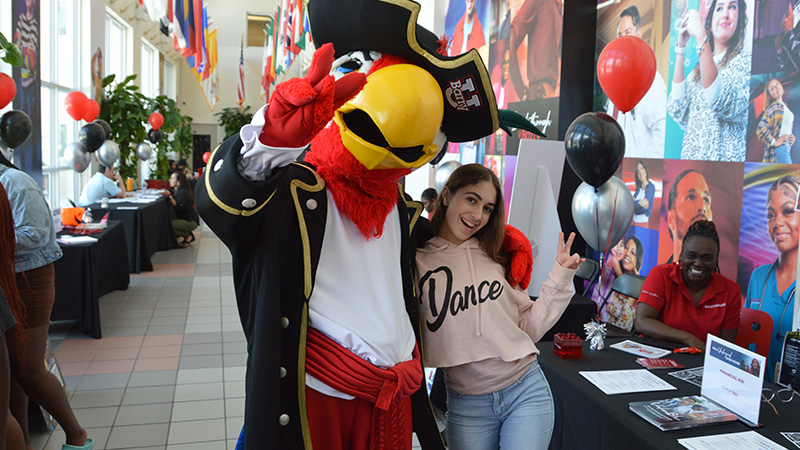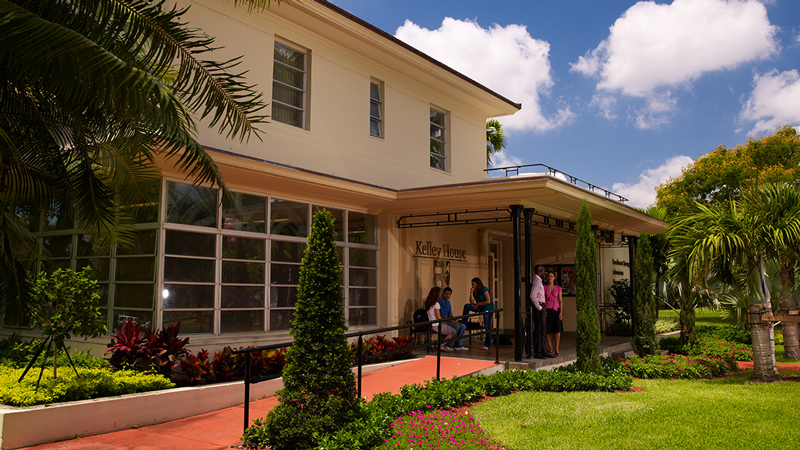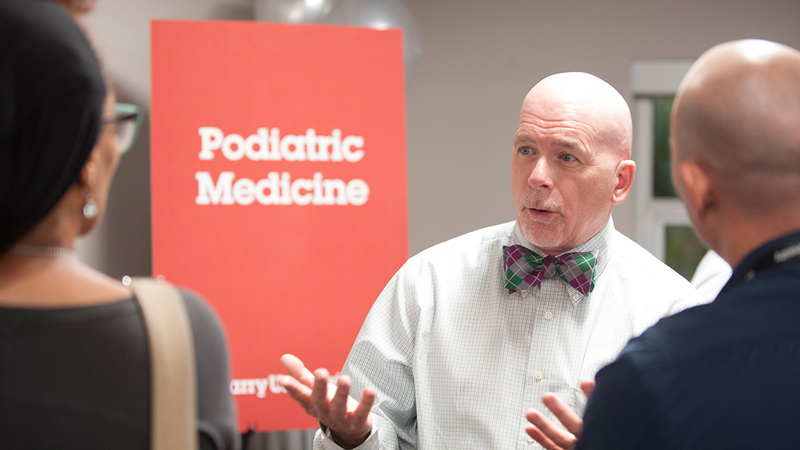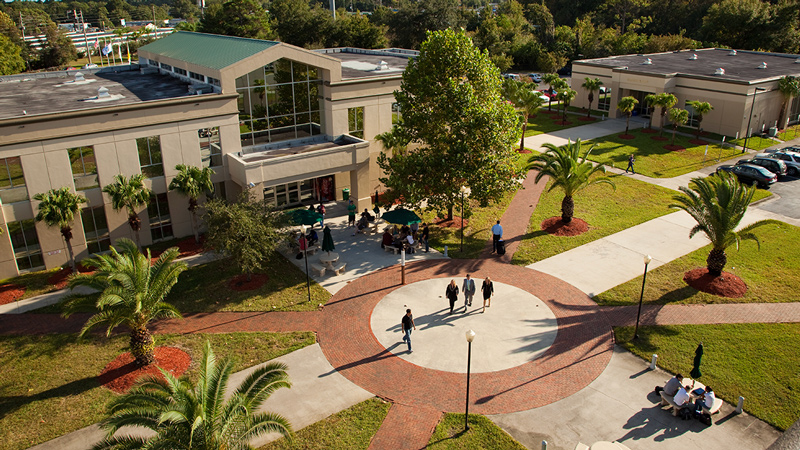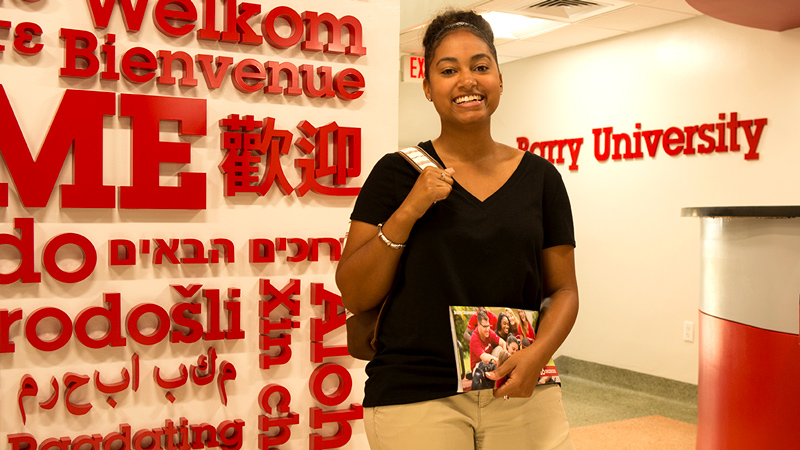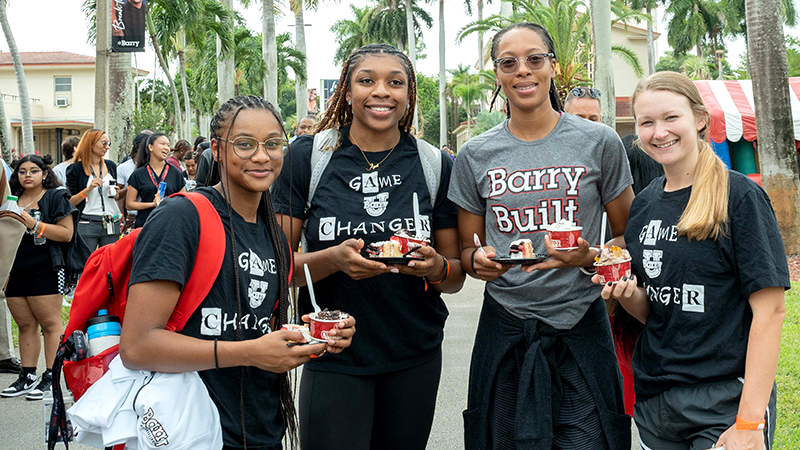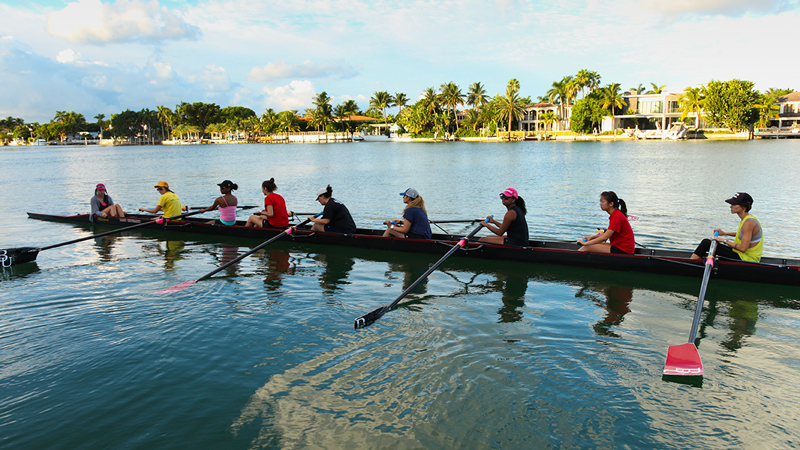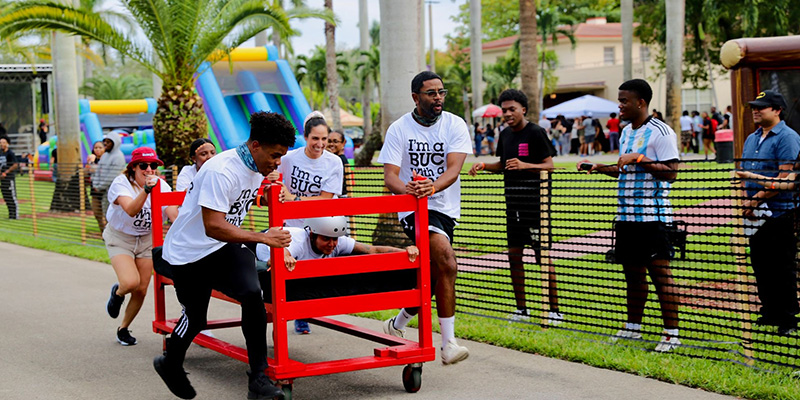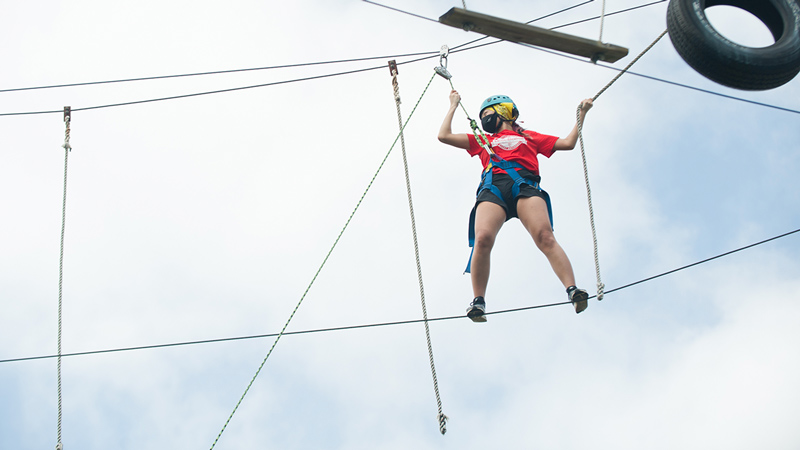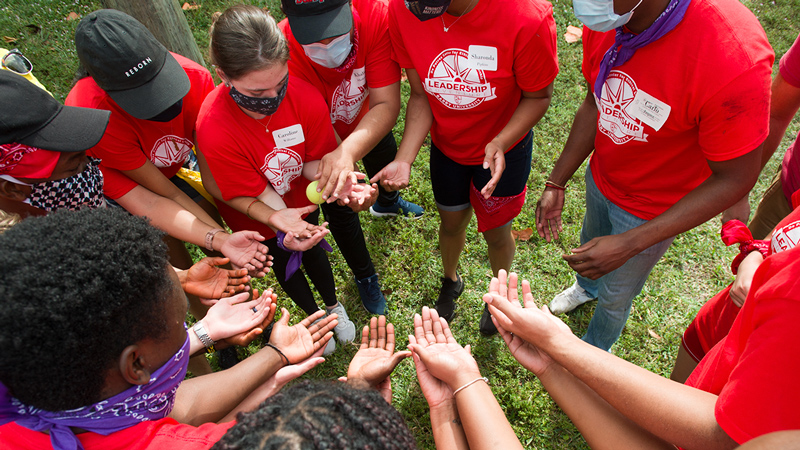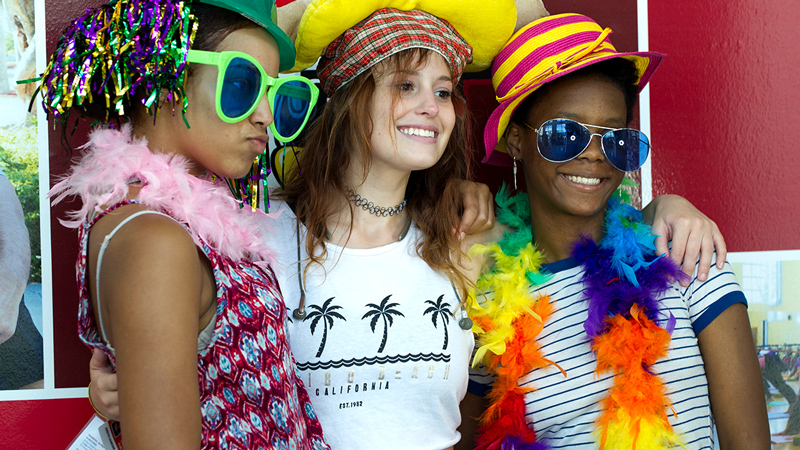Processes, systems, and effects of the printed and electronic media; the role of newspapers, magazines, movies, radio, and television
Minor in Journalism Curriculum The Interdisciplinary Minor in Journalism covers the fundamentals of journalism and offers several specializations focusing on writing, media production, and graphic design, among others. Students in the minor gain practical experience by producing content for Barry Student media.
Journalism Core (9 Credits)
-
-
This course covers the writing and production fundamentals of modern journalism. Students learn about writing styles for specific types of articles, as well as copy editing, proofreading, typography, page make-up, advertising, and journalism ethics.
-
This practicum focuses of the development of advanced technical or practical communication skills.
-
Advanced instruction and practice in researching, reporting, and writing complex news stories, including consideration of the ethics of reporting in multi-cultural communities.
News Writing: News as a Specialized Genre of Professional Writing
-
Study of editing materials for publication. Students will explore questions of correctness and style, while also addressing the mechanics of proofreading. Students will learn how to create prose that is correct in syntax, usage, and punctuation; how to adapt prose style to fit a variety of audiences and situations; and how to edit manuscripts in preparation for printing. (Formerly ENG 244). Prerequisite: ENG 112 or ENG 210
-
An advanced course for students interested in learning to write for popular periodicals. The class explores the differences between magazine articles and newspaper journalism. Students learn how to analyze magazines, research articles, interview subjects, write articles and prepare them for publication. Same as JOU 362. Prerequisite: ENG 112 or ENG 210
-
Study of composition and journalism using a variety of media. Students will produce interactive multimedia documents within a hybrid genre in order to recognize the multiple ways in which narratives can be told. Same as JOU 364. Prerequisite: ENG 112 or ENG 210
-
Analysis of English grammatical structures. Emphasis on modern descriptive analysis. Prerequisite: ENG 112 or ENG 210
Studio News: Theory and Mechanics of News Production within Formal Studio Settings
-
The theory and practice of studio production is explored through hands-on experience in the technical and production techniques of a television studio.(Special fee)
-
This class trains students to research, write, record, and edit news stories for contemporary media, and includes discussion of topics such as gatekeeping functions of media, story selection, and story order in a newscast.
-
Students develop skills required for positions of News Producer and Reporter, including further instruction in news writing, analysis of news stories and their relative merit, and production considerations in assembling a newscast.(Special fee)
Photojournalism: The History, Theory, and Practice of Gathering and Relating News through Photographs
-
An introduction to photography with emphasis placed upon technical, aesthetic and historical perspectives of this fine art medium. Camera and black and white darkroom procedures are explored. Adjustable camera required; limited number of rental cameras available. (Special fee)
-
Projects involving abstraction and character-portraits allow the student to creatively refine techniques of PHO 203 Basic Photography; new areas such as hand coloring, toning, high contrast ortho film and solarization are explored. Prerequisite: PHO 203. (Special fee)
-
Emphasis upon direct visual communication and effective photographic documenting of events. Prerequisites: PHO 203. (Special fee)
-
Documentary Photography will explore the use of the camera as a tool for documentation. Emphasis will be placed on the development of individual and group projects dealing with topics which arise from cultural, political and social issues that focus on truth and justice. Historical references and examination of the work of documentary photographers will accompany assignments. Digital Single Lens Reflex camera (or equivalent) required. Pre-requisite: PHO 313. (Special fee)
-
This course is an exploration of digital image capture techniques, workflow, and digital output. Emphasis is placed upon technical, aesthetic, contemporary and historical perspectives of the medium of digital photography as a fine art. DSLR camera required (or equivalent, see faculty for approval) Prerequisites: CS 180, PHO 203 and PHO 305 (Special fee)
Media Production: Theory and Mechanics of Creating News Content using Contemporary Digital Tools
-
Students learn the theory and practice of audio production through hands-on experience with contemporary technology and software. (Special fee)
-
This course presents a practical survey of digital and emerging communication platforms. Students learn about institutional, ethical, and design issues that shape the production of content for digital/emerging media and how to produce multimedia content in the context of well-planned communication campaigns.(Special fee).
-
This class focuses on contemporary news gathering practices and technologies for digital media. (Special fee).
-
The final stage in the life of a production, before air, occurs in the editing room. This course has two main thrusts: hands-on practical instruction in the use of digital non-linear (computer-based) editing systems, and in-depth, intense examination of the aesthetics and communication considerations that motivate the choices in the editing room. Prerequisites: COM 214 and COM 314. (Special fee).
Design: Principles for Effective Communication of Information across Media Formats
-
The first course in graphic design will introduce the student to many tools involved in the creation of professional design problems including the Macintosh platform. Students will evaluate the assignments and solve these problems using appropriate tools. A strong focus will be placed on technology and professional presentation skills. Computer software, one, two and four color printing and the artistic processes of graphic design will be explored. (Special fee)
-
This second course in graphic design will concentrate on contemporary design principles and thought. Effective use of typography as a basis of high quality graphic design will be explored. In addition to gaining technical fluency in the Macintosh desktop publishing process, the student will be required to produce complex projects with significant focus given to design as well as technical skill. Interaction with fellow classmates will be fostered and employed as a resource in the conceptual and technical processes. Prerequisites: ART 101B, ART 205 or permission of instructor. (Special fee)
-
An exploration of visual systems, processes, and media for the expression of mental concepts in visual terms. This course will increase the student's visual attentiveness and enhance their aesthetic and individual style. In addition to the examination of commercial trends and practices, the student will explore narrative structures and the artist book. Prerequisite: ART 305 (Special fee)
-
This course builds upon earlier typographic theory and practices discussed in ART 305. The class will explore the communication of ideas through the use of typography. This curriculum will allow the student to study past typographers and their contributions to graphic arts and foster a greater understanding of the origins of typographic design. Prerequisite: ART 305 (Special fee)
Web Publishing: Theory and Techniques for Distributing News Content over the Internet
-
Introduction to basic two-dimensional design concepts, theory and techniques through the study of the principles and elements of art. Color theory and linear perspective will be introduced. (Special fee)
-
This second course in graphic design will concentrate on contemporary design principles and thought. Effective use of typography as a basis of high quality graphic design will be explored. In addition to gaining technical fluency in the Macintosh desktop publishing process, the student will be required to produce complex projects with significant focus given to design as well as technical skill. Interaction with fellow classmates will be fostered and employed as a resource in the conceptual and technical processes. Prerequisites: ART 101B, ART 205 or permission of instructor. (Special fee)
-
Students use the computer to make and manipulate photographic images. Tools and techniques include color balancing, painting, cloning, text, and making composite photographs. Pre or Co-requisite: CS 180 or equivalent or by Permission of Instructor. (Special fee)
-
Development of graphics using various computer software. Graphic files. Bitmapped and vector graphics. Color. Format conversion. Drawing, painting, fractalizing, ray tracing and animation. Prerequisite: CS 180 or equivalent.
-
Concepts, tools and technologies of computer networked information with an emphasis on the Internet and the Web. Web clients and servers. Web design, authoring, publishing and programming. Web development tools. Internet trends. Prerequisite: CS 180 or equivalent.
-
A basic introduction to the art of web design used as an informational and expressive visual medium. Prior knowledge of computer basics and Adobe Photoshop required. The class will cover individual creativity, design skills, and web development techniques as well as discussions about digital artists, web structure and critical reviews of existing art web sites. Prerequisites: ART 101B and either ART 305 or PHO 305 or CS 334 or permission of instructor. (Special fee)
-
This seminar focuses on how contemporary audience outreach models can be used for strategic communications campaigns on digital media platforms. Students identify a media product and develop a sustainable plan for its distribution and measurement using current industry tools such as Google Analytics and Nielsen and Arbitron services.
